#film making
Text

official poster for the lost boys prequel i am making with some amazing friends!
#the lost boys#marko the lost boys#david the lost boys#dwayne the lost boys#the lost boys movie#the lost boys 1987#paul the lost boys#80s aesthetic#80s#80s movies#digital art#artwork#art#artists on tumblr#writing#writers on tumblr#books#scriptwriting#film#film making#animation#vampires#vampire#my art
95 notes
·
View notes
Text
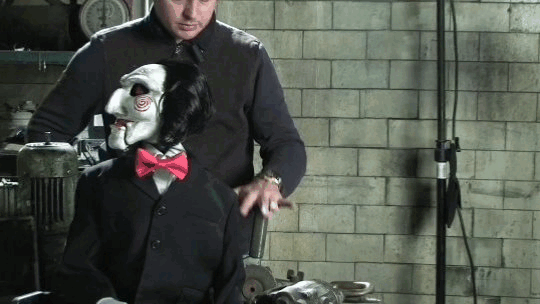

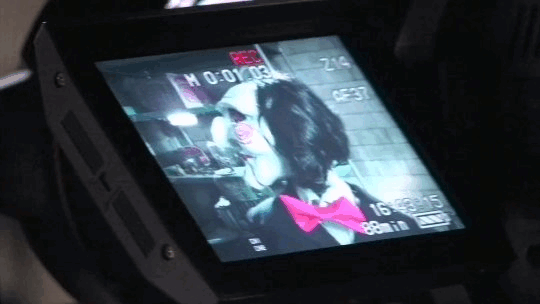
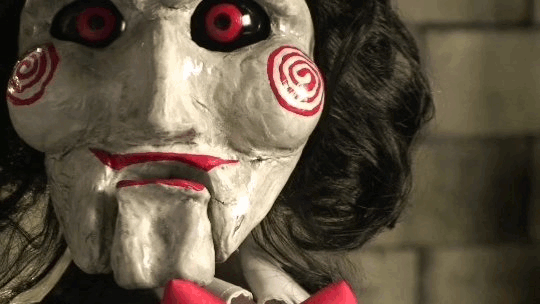

𝑺𝑨𝑾 𝑽𝑰 (2009) - 𝑭𝑰𝑳𝑴𝑰𝑵𝑮 𝑩𝑰𝑳𝑳𝒀 𝑻𝑯𝑬 𝑷𝑼𝑷𝑷𝑬𝑻 (𝑼𝒏𝒆𝒅𝒊𝒕𝒆𝒅) 🎬🖤❤️🤍
🎥𝑫𝒊𝒓. 𝑲𝒆𝒗𝒊𝒏 𝑮𝒓𝒆𝒖𝒕𝒆𝒓𝒕.
#horror#horror movies#horror films#saw#saw vi#saw franchise#saw movies#billy the puppet#horror dolls#sawsource#dailycinema#dailyhorrorfilms#dailyhorrorgifs#horrorsource#film making#moviemaking#behind the scenes#2000's#2000s movies#2000s horror#horrorfilmgifs#junkfoodcinemas#horror fans#*gifset#*gifs#*mine: gifs#*mine: post#jigsaw#year: 2009#sawposting
705 notes
·
View notes
Text

Look at this 🥰
Regina King , Tracee Ellis Ross, and Issa Rae
Need a movie NOW !❤️😭
#black people#black women#blackout#black is beautiful#black girl#black pride#black history month#black queen#black woman shit#black men#issa rae#tracee ellis ross#regina king#black hollywood#black actress#black woman appreciation#film making
2K notes
·
View notes
Text

“A film or a painting – each thing is its own sort of language and it’s not right to try to say the same thing in words...The words are not there. The language of film, cinema, is the language it was put into, and the English language – it’s not going to translate. It’s going to lose.”
“I don’t ever explain it. Because it’s not a word thing. It would reduce it, make it smaller."
- David Lynch, Interview with The Guardian
#david lynch#film#film making#showrunning#screenplay#screenwriting#twin peaks#blue velvet#mulholland drive#the lost highway#artist#language
2K notes
·
View notes
Text
Thinking again about how when Ed hits the water in Purgatory it immediately cuts to Stede stepping into the water in the hold.
We end this shot with Ed's bare feet the most visible in the dark blue abyss of the ocean. And in a direct parallel, the next edit is to Stede's feet — which are wrapped in BLUE-dyed fabric, with RED lining — walking into the waterlogged cabin.


This immediate cut between their two feet in water shows how Stede is meeting Ed in both worlds. They are together in the water, in the deep blue depth, and it follows with the light motif.
Stede holds up the lantern, one of the only sources of light in the "reality" scenes. Lighthouses and golden lighting in general have been used in both seasons to symbolism the love between Ed and Stede. Stede is literally carrying this light with him, and he sets it down next to Ed's head shining the light onto him. Stede is the one who puts the glow on Ed's face.
This light motif carries on in Purgatory as Mer!Stede swims out of the bright white spotlight.

The balance in this scene, connecting reality with the magical purgatory, is chef's kiss.
#ofmd#our flag means death#stede bonnet#gentlebeard#ofmd edward teach#meta#ofmd meta#blackbonnet#film making
181 notes
·
View notes
Text
Foley artists are both insane and so fucking cool imo
Like every time I see an interview with a Foley artist they always have an absolutely bonkers story of how they achieved a certain sound but their job is just so fucking cool
Movies would be nothing without them and they turn everyday objects into whatever you need
Foley work is such an incredible artform that deserves so much more recognition
667 notes
·
View notes
Text



Barbara Cole
- Lawrence of Arabia, dir. David Lean, 1963.
#script supervisor#continuity#scripte#continuité#on set#behind the scenes#film making#movie set#behindthescenes#on the set#barbara Cole#lawrence of arabia#david lean
85 notes
·
View notes
Photo

C'est fou comme les gens ont de moi cette image de femme sophistiquée, glaciale. C'est une telle erreur, c'est tellement mal me connaître.
- Catherine Deneuve on herself in Belle de Jour (1967)
In anticipation of a new film this summer by Catherine Deneuve called ‘Bernadette’ where she plays Bernadette Chirac, the wife of French Jacques Chirac, I’ve been re-watching some her back catalogue of films. She’s done over 64 films and at almost 80 years old she’s still going strong. And yet out of her many films I’ve always been drawn back to one film which has become a cult classic. Watching it and re-watching it and even gorging on books on its making, new intriguing details reveal themselves about this landmark French art house classic - Belle de Jour (1967).
I once had the privilege of having dinner with her - or rather sat around the same table - through a Parisian host and his lovely wife who had gathered an eclectic group of friends across generations together. I was too self-conscious to talk about her film career directly. I was on surer ground when we indulged in small talk where she was perfectly down to earth and very pleasant. I felt it would be rude to go all fan girl on her and pepper her with questions about Belle de Jour in particular as she’s known to be very ambivalent about her experience of the film - a film that really defined her in the eyes of many people.
But it didn’t mean she didn’t recognise its cultural importance though as she was quite happy to amuse us with a funny story about Belle de Jour. A newly restored 35mm version was funded by the fashion house Saint Laurent back in 2018. Deneuve always had a close relationship with Yves Saint Laurent and also the fashion house. She was the one to introduce Buñuel to Saint Laurent. So the fashion house had a glitzy premiere in New York. But they didn’t count on many of their guests being late. Most of the guests were stuck in the New York traffic and the rain. However Martin Scorsese was the only one to get out of cab and run like a mad man through the pelting rain and huge traffic. A true cinephile, he was so desperate to see the film restored to its former glory that he would go to any lengths to see it.

In Belle de Jour, Catherine Deneuve, whose limpid beauty is capable of sustaining any interpretation, is a perfect Severine and demonstrates a remarkable control in progressing, with enormous economy of gesture and movement, from frigidity to physical warmth as the bored housewife who indulges in part time sex work.
“I felt they showed more of me than they’d said they were going to,” Catherine Deneuve remarked to Pascal Bonitzer in 2004, about the making of Luis Buñuel’s 1967 Belle de jour. “There were moments when I felt totally used. I was very unhappy.”
The story of Séverine, a deeply disenchanted haute bourgeois Paris housewife who finds erotic liberation through byzantine psycho-sexual fantasies and part-time work at an upscale brothel, Belle de jour certainly made extreme demands of Deneuve: her character is flogged, raped, and pelted with muck, among other assaults. But despite her objections to the way she was treated and her difficulties with Buñuel, Deneuve’s performance in Belle de jour turned out to be one of her most iconic.

Deneuve, who had become a star only three years earlier, as the melancholy jeune fille in Jacques Demy’s 1964 all-sung musical The Umbrellas of Cherbourg, was just twenty-three when Belle de jour came out; notably, Buñuel’s film was released in France less than three months after Demy’s radiant, MGM-inspired musical The Young Girls of Rochefort, starring Deneuve and her real-life sister Françoise Dorléac.
But Belle de jour, more than any other film from the first decade of her career, defined what would become one of the actress’s most notorious personae: the exquisite blank slate lost in her own masochistic fantasies and onto whom all sorts of perversions could be projected. (Deneuve as deviant tabula rasa was first seen in Roman Polanski’s 1965 Repulsion, in which she plays a damaged beauty plummeting into psychosis; but Belle de jour doesn’t portray its heroine as mad, instead remaining deliberately ambiguous about the origins of her unconventional desires - and presaging the bizarre libertines she would later play in such films as Marco Ferreri’s Liza, 1972, and Tony Scott’s The Hunger, 1983.)

Buñuel was at a very different stage of his career from his young star, but Belle de jour represented a peak for him as well, the greatest - and most successful - film of his extremely rich late period. These works, bookended by 1964’s Diary of a Chambermaid and 1977’s That Obscure Object of Desire (his final film), were made mostly in France - where Buñuel had begun his filmmaking career with the incendiary, surrealist Un chien andalou (1929) - following the exiled Spanish director’s two decades in Mexico.
Many of these late projects were cowritten with Jean-Claude Carrière and focus intensely on sexual perversion (a theme that recurs throughout Buñuel’s work). Belle de jour certainly falls into that category, and also, typically, skewers the entitled classes. Yet it stands out as the director’s most intricate character study—but of a protagonist who resists definition; the heroine, frequently trussed up and mussed up, retains an odd, opaque dignity in her debauchery.

In that same interview with Bonitzer, Deneuve was judicious enough to distinguish her experience of making Belle de jour from the final product, calling it a “wonderful film.” But her first meetings with Buñuel hinted at the duress that was to follow. According to John Baxter’s 1994 biography, Buñuel, it took time for the director to “warm to” his star: “He felt, with some justice, that she had been foisted on him, first by the Hakims [Belle de jour’s producers], then by her lover of the time, François Truffaut.” After dining with Buñuel at his house, the book recounts, Deneuve “left with little more than an impression that he disliked actors in general and was reserving his decision about her. The only advice he offered was the advice he had always given actors: ‘Don’t do anything. And above all, don’t . . . perform.’”
Though Deneuve deferred to her director, she was no puppet; Belle de jour is as much hers as Buñuel’s. The filmmaker, famously resistant to “psychological” interpretations of his work, stuffs Belle de jour with his trademarks, confounding any attempt to parse meaning: the surrealist blurring of fantasy and reality, fetishism, sexual perversion, blasphemy.
But as Séverine, Deneuve, despite operating in the nebulous realm between dream and waking, imbues the film with irresistible and very real lust - and luster. Sporting the chicest Yves Saint Laurent finery, Deneuve revels in the peculiar desires of her character while always inviting our own. As Buñuel himself acknowledges in his 1984 autobiography, My Last Sigh (published a year after his death), Belle de jour “was my biggest commercial success, which I attribute more to the marvelous whores than to my direction.” (Per Baxter, after the filming of Belle de jour, he would finally admit of his star, “She’s really a very good actress.”) Deneuve’s gift was to update the world’s oldest profession for her still-expanding résumé.

The director had some modifying to do as well. Buñuel, who adapted Joseph Kessel’s 1928 novel with Carrière, assessed the source material dryly in My Last Sigh: “The novel is very melodramatic, but well constructed, and it offered me the chance to translate Séverine’s fantasies into pictorial images as well as to draw a serious portrait of a young female bourgeois masochist. I was also able to indulge myself in the faithful description of some interesting sexual perversions.”
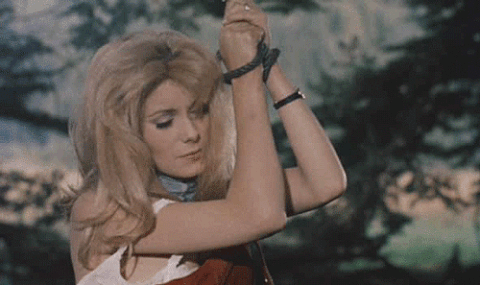
He wastes no time in establishing those bizarre erotic proclivities. In Belle de jour’s opening scene, Séverine and her doting husband of one year, Pierre Serizy (Jean Sorel), a handsome, dutiful surgeon, are snuggled close in a horse-drawn carriage; he interrupts the tender moment with the lament “If only you weren’t so cold.” She pulls away, defensive. The sound of horse bells, which has been increasing in volume from the film’s first shot - and will indicate Séverine’s dreams or fantasies throughout - stops. Pierre orders his wife out of the cab; when she refuses, he and the two drivers remove her by force. She is gagged, bound to a tree, and whipped by the coachmen, who are then instructed by Pierre to rape her. When one begins to ravish her, Séverine appears to be in ecstasy.
This carnal reverie is soon interrupted by the Serizys at home, preparing for their usual chaste bedtime ritual. Pierre, in white pajamas, asks his pale-pink-nightie-clad wife, under the covers in a separate bed, what she’s thinking about: “I was thinking about you . . . and us. We were out for a ride in a carriage”—a scenario Pierre has heard before.

The fantasy clearly belongs to Séverine alone; she finds erotic thrills in her secret thoughts of debasement and humiliation, her florid imagination compensating for her sterile, sexless existence. Her most private desires will soon be realized at 11, cité Jean de Saumur, the address of the boutique bordello run by Madame Anaïs (Geneviève Page), given to Séverine by Pierre’s louche friend Husson (Michel Piccoli).
At Madame Anaïs’s, Séverine - now going by the nom de pute Belle de jour, a reference to her two-to-five shift (she insists on being home when Pierre returns from his workday at the hospital) - is horrified at first but proves to be a quick study. A burly Asian client scares off her two seasoned colleagues with his mysterious, buzzing lacquered box, but she is absolutely transfixed; after the john leaves, she, lying prone on the bed, lifts her head, her luxuriant mane of blonde hair disheveled, to reveal a woman still drunk on orgasmic pleasure.

The contents of the box are one of the film’s many mysteries (when asked what is inside, Buñuel would reply, “Whatever you want there to be”). Yet the greatest enigma is Séverine herself: why does she recoil from the slightest sexual advance from her husband yet lose herself, both in fantasy and in her new line of work, in elaborate masochistic tableaux? “Pierre, it’s your fault too. I can explain everything,” Séverine insists to her husband in the opening fantasy sequence, as she’s being forcibly removed from the landau. But of course, she can’t - and won’t.
As in Repulsion, there are flashbacks to possible childhood trauma in Belle de jour. In one, a man appears to touch a young Séverine inappropriately; in another, she stubbornly refuses the Blessed Sacrament. But unlike in Repulsion, whose final, prolonged shot of a menacing family photo is offered as the root of Carole’s pathology, these scenes in Buñuel’s film are almost non sequiturs, presented not as psychological explanation but as blips in a baroque sexual surrealism.

As Séverine’s reveries and job demands become stranger and more mysterious - in one daydream, she is pelted with thick black mud by Pierre and Husson, who call her “tramp” and “slut”; a ducal client solicits her in the bois de Boulogne to perform in a necrophilic rite - Deneuve retains her porcelain, celestial inscrutability, while simultaneously transforming into an earthbound debauchee, delighting in her own defilement. Madame Anaïs (whose early, shameless flirtation with Séverine - who eventually reciprocates - is the first of the many moments in Deneuve’s filmography that would cement her status as a lesbian icon) touts her new employee’s regal bearing to prospective customers: “[She’s] a little shy, perhaps, but a real aristocrat.”
Séverine’s coworkers, Charlotte (Françoise Fabian) and Mathilde (Maria Latour), are constantly remarking on the impeccable cut and style of her ensembles. Yet what this seemingly untouchable goddess craves most is the brutality of her latest john, the thug Marcel (Pierre Clémenti), a rough with metal teeth, a walking stick that doubles as a shiv, and fetishwear (shiny boots of leather with matching overcoat) that could have been dreamed up in an atelier overseen by Kenneth Anger and Pierre Cardin.
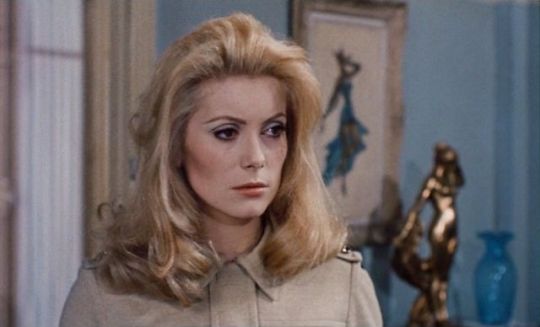
Séverine’s relationship with Marcel will lead to Pierre’s ruin - or does it? The ambiguous ending of Belle de jour suggests that everything that preceded it may have existed only in the heroine’s cracked dreamscape. Like the buzzing box, the film’s final scene is whatever you want it to be.
Yet one thing is certain: Deneuve transcends kink. And despite her misery during the Belle de jour shoot, she would return for even more bizarre treatment three years later in Buñuel’s Tristana, losing both her virtue and a leg.
Almost 55 years after it was made Belle de Jour continues to be a compelling film. It takes on greater curiosity for me as I live in Paris and there are Séverines aplenty that I come across. But the film also speaks to a non-French audience even today as it remains a shrewd commentary on the hypocrisy of social relations and sexual politics. Buñuel invites us to ponder the transgression of a socially respectable woman secretly being a prostitute in the afternoons, but I don’t think he bothered to pose the question why a socially respectable gentleman should be secretly visiting a prostitute in the afternoons - which happens more than one might think and that behaviour is normalised. Something to think about.
#deneuve#catherine deneuve#quote#french#film#movie#cinema#belle de jour#actress#luis bunuel#bunuel#film making#arts#culture#france#scorsese#personal#paris
146 notes
·
View notes
Text
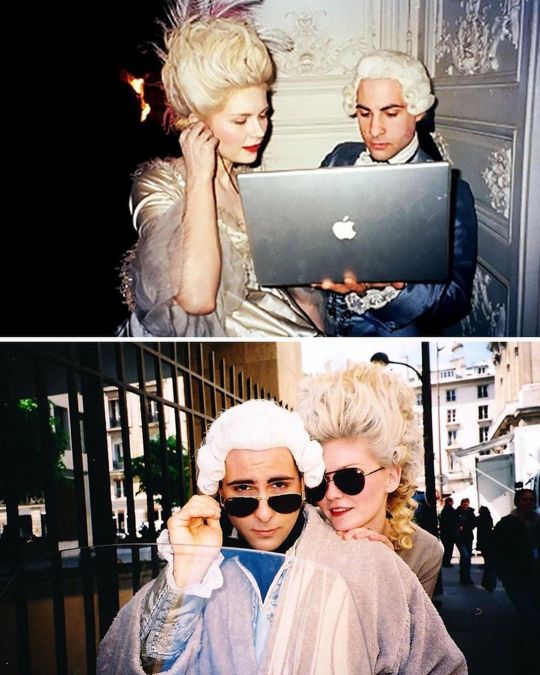


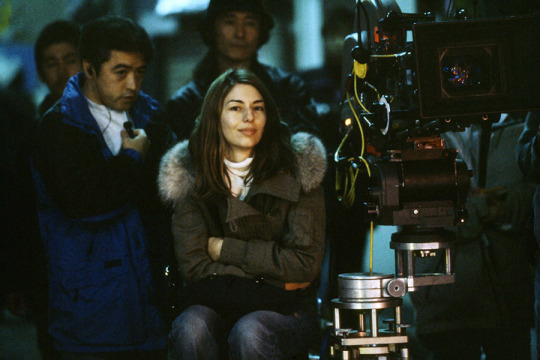



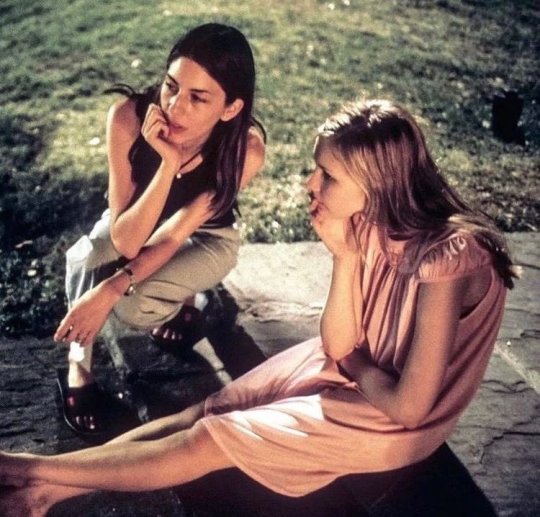
Happy Birthday Sofia Coppola 🎬
#sofia coppola#movie#movies#film#films#cinema#movie making#film making#film director#movie director#screenwriter#taurus#taurus season#kirsten dunst#marie antoinette#the virgin suicides#lost in translation#filmmaking#filmmaker#filmmakers#movie history
117 notes
·
View notes
Text
Barbie (2023) behind the scenes 🩷
photographer: rob harris


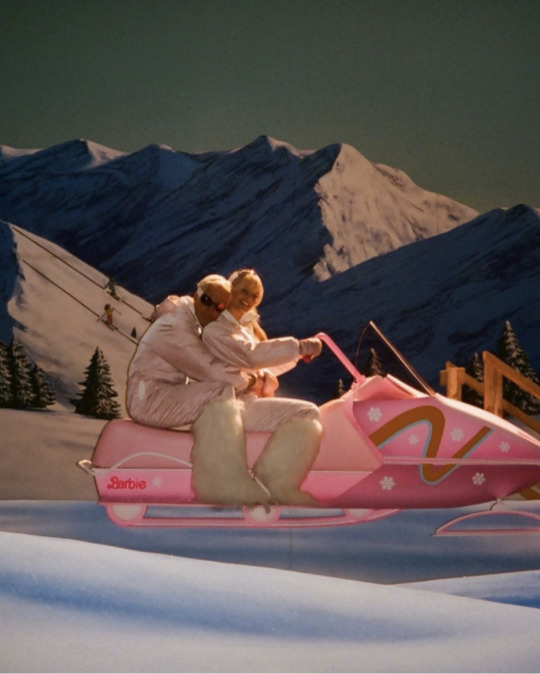



via: @/r0bharris on IG
#barbie#barbie movie#greta gerwig#greta gerwing barbie#ryan gosling#margot barbie#margot robbie#barbenheimer#film#film lovers#filmmaking#film making
99 notes
·
View notes
Photo

Girls of the Sun (2018) by Eva Husson
#Girls of the Sun#Eva Husson#Mattias Troelstrup#film making#film stills#movie stills#movies#cinema#film#indie film#cinematography#women in film#directed by women
321 notes
·
View notes
Text
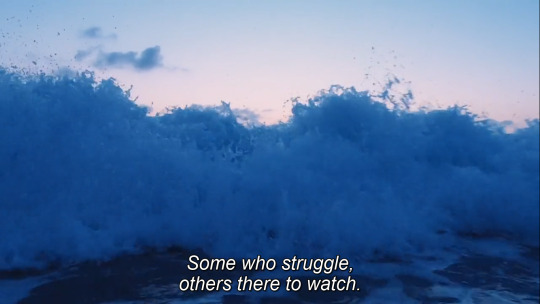








Death of a Virgin and the Sin of Not Living (2021) dir. George Peter Barbari
#death of a virgin and the sin of not living#film stills#film#mine#cinema#arabian cinema#lebanon#movie#quotes: movie#movies#movie quotes#movie screenshots#movie screencaps#cinephile#george peter barbari#film making#on hope
440 notes
·
View notes
Text
instagram
This is satisfying, angering (is that the right word?) and adrenaline-pumping
Good on Dr Myriam Francois 💗 Award winning documentary filmmaker and host of the We need to talk about Whiteness podcast
Also, if you are a filmmaker or cinema worker, sign the statement for ceasfire and learn more at https://filmworkersforpalestine.org
instagram
#Myriam Francois#film making#filmmaking#solidarity#cinema worker#film makers of tumblr#ceasefire now#filmworkers#workers of the world unite
19 notes
·
View notes
Text


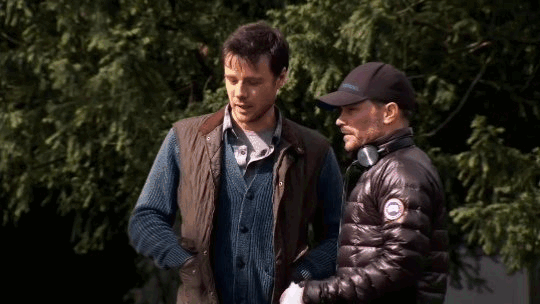
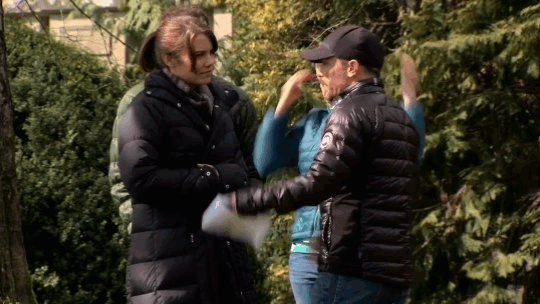
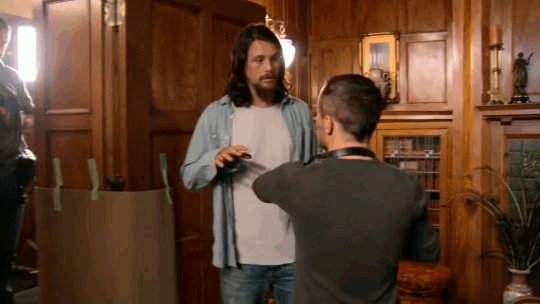
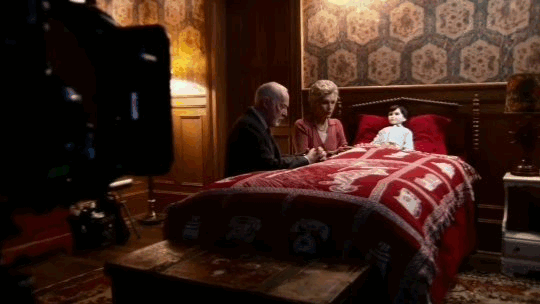
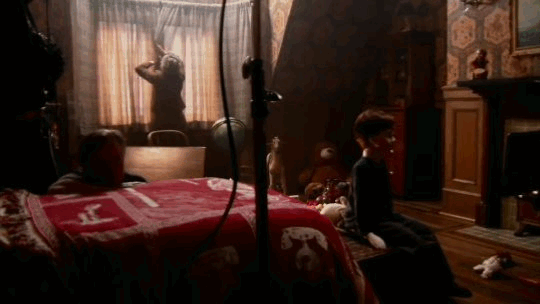



𝕿𝖍𝖊 𝖒𝖆𝖐𝖎𝖓𝖌 𝖔𝖋 𝕿𝖍𝖊 𝕭𝖔𝖞 (2016)
🎬 𝕱𝖎𝖑𝖒𝖊𝖉 𝖎𝖓 𝖁𝖎𝖈𝖙𝖔𝖗𝖎𝖆, 𝕭𝖗𝖎𝖙𝖎𝖘𝖍 𝕮𝖔𝖑𝖚𝖒𝖇𝖎𝖆, 𝕮𝖆𝖓𝖆𝖉𝖆 🇨🇦, 2015.
#horror#horror movies#horror films#movies#films#gifs#behind the scenes#the boy#the boy movie#the boy 2016#brahms heelshire#brahms the doll#horror dolls#lauren cohan#rupert evans#diana hardcastle#ben robson#jim norton#william brent bell#film making#craigdarroch castle#victorian#victorian aesthetic#dark academia#dailycinema#dailyhorrorfilms#*mine: gifs#*mine: post#year: 2015
101 notes
·
View notes
Text
I’m not trying to pull a “you have to have an high IQ to understand this film🤓☝️” moment but I do feel a lot of the criticisms I see of 2001 are a little unwarranted. And believe me there are criticisms im not saying it’s perfect it’s a long ass movie and incredibly confusing on the first watch…
However lately it’s like “there’s no explosions :( and no post credit scene where Stanley Kubrick sits down and personally spells it out to me.”
Which I don’t want to say peoples personal opinions are made in bad faith but you sort of have to meet it half way you know? Like if you’re sitting there with your arms crossed “this is stupid and boring” the whole time that’s what you’re going to get out of it. It actually explains a lot within the movie itself, not too much as it is ambiguous but … I know a lot of people are going to hate this and the movies not for them, and I respect that but really it’s a movie you have to watch twice to understand
1-> the “what the fuck was that” watch
2-> attention to detail. Dialogue and little things reveal plot
And for the love of god don’t listen to film bros I think that is part of the reason people either go in with a bad idea or are given the impression it’s totally different than what it is. “Hal is example of evil AI” *loud incorrect buzzer* he does bad things but is explicitly not evil
This is more a general observation online and not about anything particular. The more I get into it the more I seek out stuff related, some of it being incredibly old etc.
#rescuing this movie from film bros and weird criticism#I know this movie isn’t for everyone and I’m not trying to force it but you gotta at least try to engage with it before you get mad ok 😭#please it’s so good if you just watch this three hour movie again#djdksksksks#2001 a space odyssey#2001 aso#stanley kubrick#film making#movie review#media literacy
14 notes
·
View notes
Text
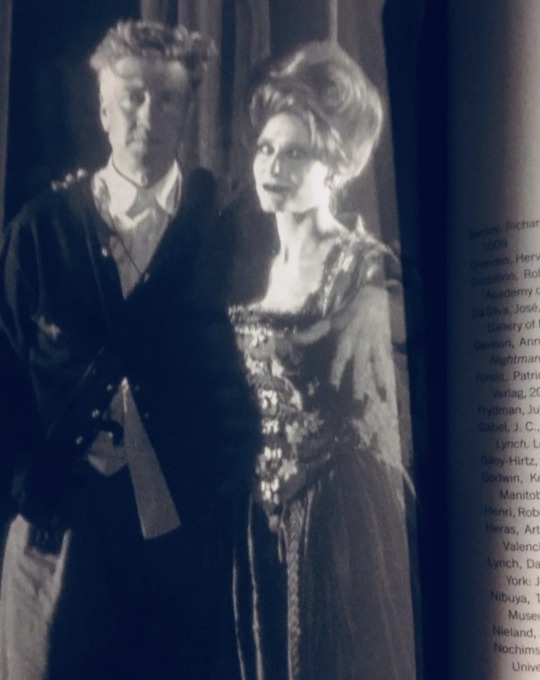

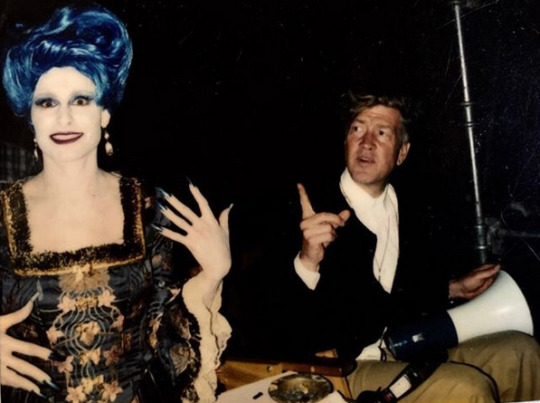
script supervisor Cori Glazer as the blue haired lady in Mulholland Drive, dir. David Lynch, 2001.
#script supervisor#continuity#scripte#continuité#on set#behind the scenes#film making#movie set#on the set#cori Glazer#david lynch#the blue haired lady#mulholland drive
99 notes
·
View notes